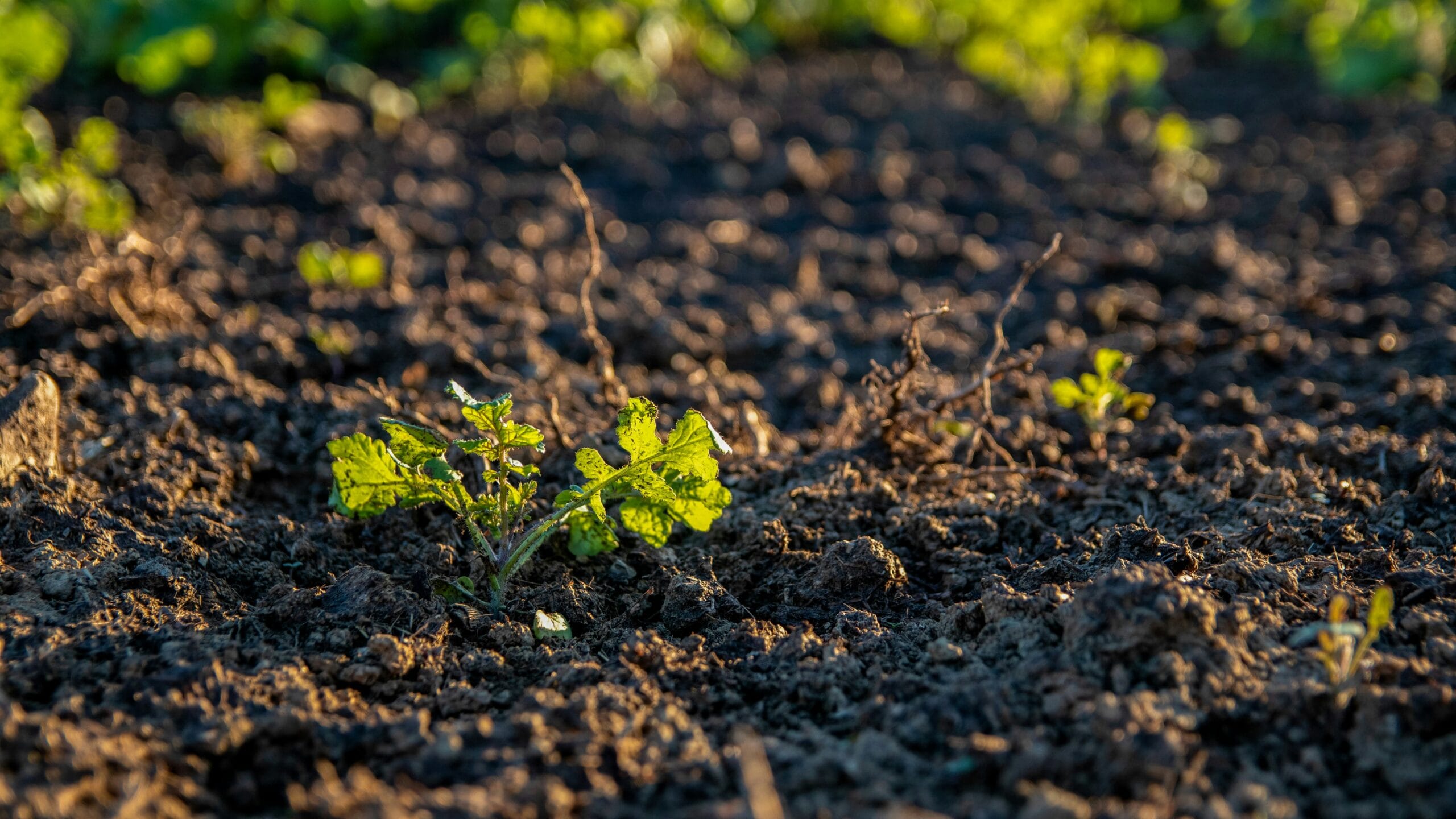
Turning Waste into Soil Wealth: The Role of Fish in Regenerative Agriculture
Across UK farming, the conversation is shifting. With fertiliser prices volatile, soils under pressure, and sustainability targets tightening, many are asking: how do we create farming systems that are both profitable and resilient? One answer lies in rethinking waste - and transforming it into a resource.
That’s the essence of the circular economy in agriculture: closing the loop, reducing reliance on synthetics, and making the most of what’s already at our fingertips. At Sea2Soil, we’re proud to be part of that story.
From waste to soil solution
Sea2Soil is made from fish by-products that would otherwise go to waste. Instead of being discarded, this material is carefully processed into a biological input that farmers can use to rebuild soil biology, improve nutrient cycling, and reduce their dependence on expensive artificial fertilisers.
It’s a simple but powerful idea:
- What was once a waste problem becomes a soil improver
- Instead of depleting resources, we’re feeding life back into the land
- Farmers gain a low-cost, high-value input that supports both profit and sustainability
Why biology matters
As regenerative farmer Ben Taylor-Davies (Regen Ben) shared in Episode 2 of the Sea2Soil Podcast, inputs like fish hydrolysate aren’t just “fertilisers.” They’re food for the soil food web.
“We’re essentially creating fertiliser factories in the soil. If we can get protozoa eating bacteria, then we’re releasing nitrogen naturally back to the crop.”
By stimulating protozoa, bacteria, worms, and fungi, Sea2Soil helps re-establish the natural cycles that have always fed plants. That’s the circular economy in action - nutrients moving through biological systems, not bags.
Profit and sustainability hand-in-hand
The financial case for a circular approach is just as compelling. Fish-based products like Sea2Soil can replace fertiliser at a fraction of the cost. As Ben put it: “If I’m not using fertiliser, and I’m replacing it with fish at a tenth of the cost, that’s simple maths.”
In other words: cutting waste isn’t just about sustainability targets. It’s about making farms more profitable and resilient.
A future built on cycles, not inputs
Circular economy thinking is increasingly shaping policy and practice across the UK. From DEFRA’s strategies to grassroots farmer innovation, the drive is the same: reduce waste, reuse resources, and restore ecosystems.
Sea2Soil is a practical way of doing exactly that - taking a waste product from the sea and turning it into a living input for the soil. It’s farming as it always should have been: connected, cyclical, and self-sustaining.
To hear more about how farmers are putting this into practice, listen to Episode 2 of the Sea2Soil Podcast, where Regen Ben shares how he’s using fish-based inputs to kickstart his soils, reduce fertiliser, and boost profitability.